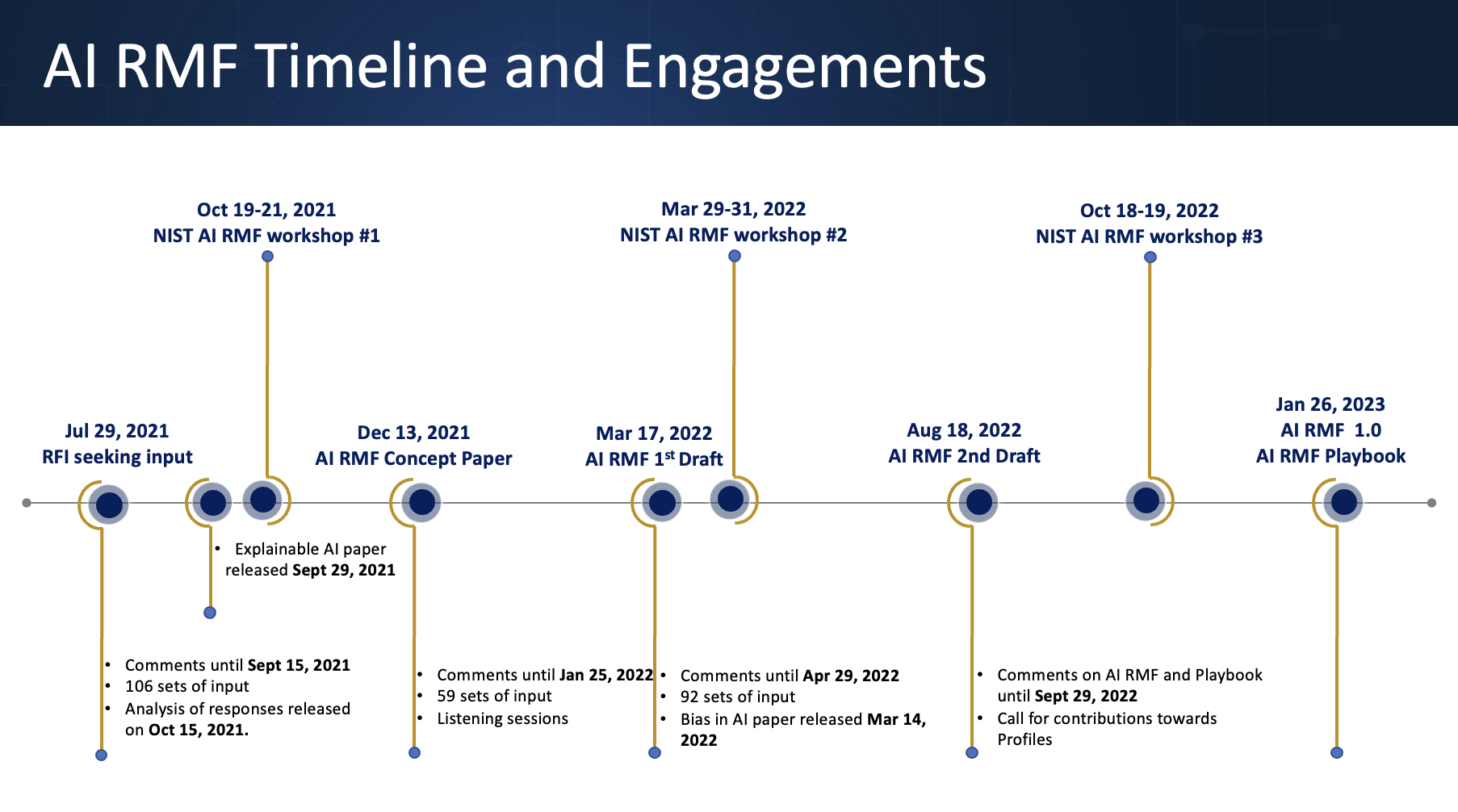1. Background
TheUnited States has not yet issued a unified national artificial intelligence law, and the governance system mainly relies on existing laws, presidential executive orders, industry guidelines and technical standards. Representative documents include the Executive Order on the Development and Use of Safe, Reliable and Trusted AI (2023) and NIST's Artificial Intelligence Risk Management Framework (AI RMF).
2. Governance principles
Emphasize risk-oriented, promote innovation, maintain flexibility, and combine industry self-discipline and government supervision to jointly promote the safe and controllable development of artificial intelligence.
3. Main content
- National security and critical infrastructure: The White House formulates guidelines for the application of AI in national security and intelligence agencies, prohibiting high-risk uses such as large-scale surveillance and automatic weapons; The Department of Homeland Security has released a framework for accountability for AI deployments in critical infrastructure, requiring secure design, bias detection, independent assessment, and transparency.
- Technical Standards and Risk Management: NIST has released the AI RMF, providing a credible AI risk management guide to encourage adoption by enterprises and institutions.
- Institutional and policy support: Establish the Center for Artificial Intelligence Standards and Innovation (CAISI), focusing on cybersecurity, biosecurity and other fields; The "AI Action Plan" was issued, proposing to relax regulations, increase infrastructure investment, and accelerate AI deployment.
- Implementation method: Based on existing industry regulations, combined with administrative orders, technical standards, regulatory sandboxes and industry guidelines, a decentralized governance system is formed.
4. Characteristics and significance
TheUnited States adopts a distributed and industrialized regulatory model to flexibly adapt to the rapid development of technology and closely integrate with national security strategies and economic competitiveness goals.
See the official website for details:




